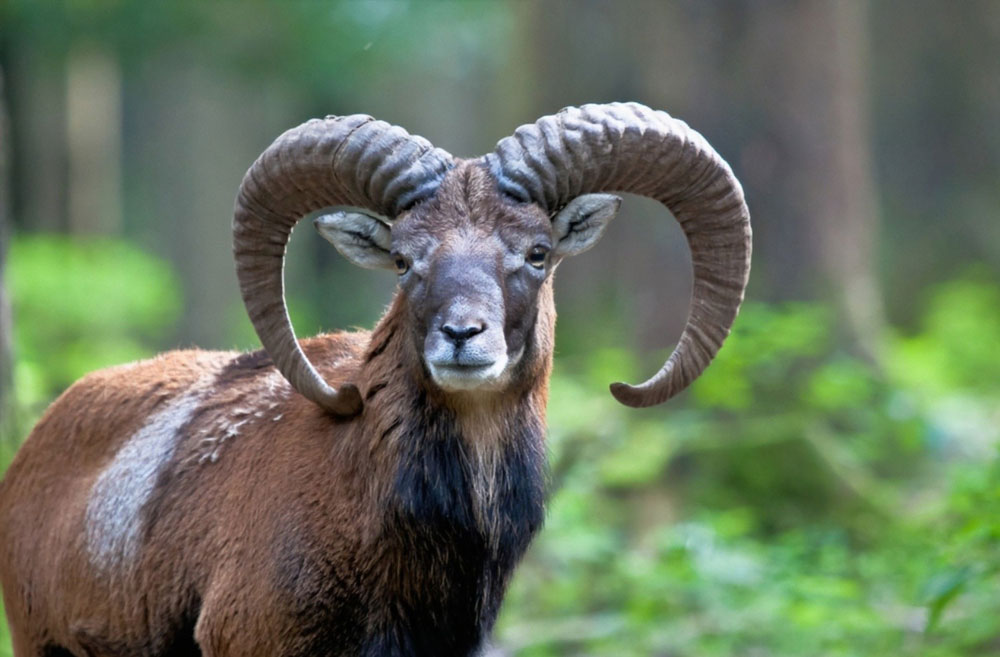Mouflon are wild sheep thought to be one of the ancestors of all domestic sheep. Introduced to South America by Spanish sailors centuries ago, they have red‑brown coats with darker saddles and white facial markings. Only the males carry horns—tight spirals that arch over the head and reach around 25 inches in length. In Argentina’s Patagonia and La Pampa they inhabit dry upland and mountain areas and offer an unusual trophy for sheep hunters.

Mouflon hunts in Argentina are conducted much like mountain sheep hunts elsewhere. Guides glass hillsides and rocky outcrops at dawn to locate rams, then stalk carefully through brush and gullies to close the distance. Shots are usually taken under 150 yards because of the broken terrain, and many outfitters provide one guide per hunter to judge horns and age. Bow hunters sometimes use ground blinds near feeding areas, but spot‑and‑stalk remains the primary method.
Since mouflon are introduced and exist only on private ranches, seasons and quotas are set by landowners rather than government agencies. Most ranches restrict harvest to mature rams and limit the number of hunts each season to maintain trophy quality. Because mouflon share habitat with native wildlife, managers carefully monitor grazing pressure and may rotate hunting areas to prevent overuse. Revenues from mouflon hunts support habitat improvements and provide incentives to retain these sheep on the landscape.
Additional Info: Mouflon rams live in bachelor flocks outside the rut and use their horns to establish dominance. Breeding takes place in autumn with lambs born in spring after a gestation of about 150–180 days. The species prefers dry scrub and rocky hillsides and feeds on grasses, sedges and forbs. Hunters pursuing mouflon in Patagonia often combine the trip with hunts for fallow deer, red stag or axis deer.
Mouflon Sheep can be found in the following location:
Mouflon Sheep has the following variations:
- (Varieties to be confirmed)
Start Your Adventure



